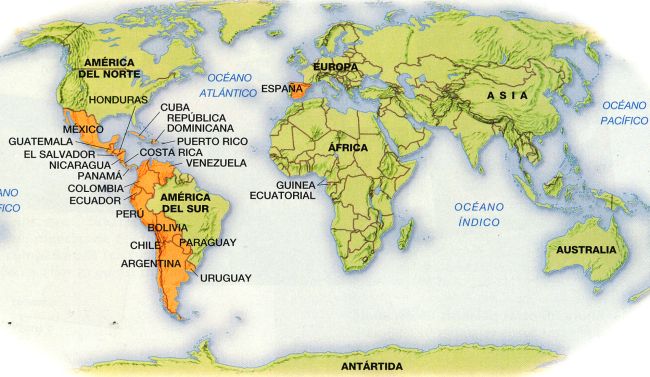“The single biggest problem in communication is the illusion that it is has taken place,” said the famous playwright George Bernard Shaw. Although many U.S. retailers believe they are communicating their message to the American people. There is one community they all too often miss — the country’s Hispanic community — and that’s too bad.
One good reason is the numbers: One merely has to look at them to grasp the gravity of this lapse. Some 56 percent of the growth in the U.S. population over the last decade has come from the Hispanic community, according to the Pew Research Center. According to the U.S. Census Bureau, 38.3 million people — 13 percent of the U.S. population — are now native Spanish speakers. And $1.5 trillion is the most recent estimate of the huge purchasing power the American Hispanic community will have in 2015, according to a Nielsen report.
Here are four reasons why adapting your content for the Hispanic community makes plain business sense:
It’s what the consumer wants.
According to a recent survey of over 2,000 clients, the vast majority of respondents worldwide are more likely to buy from a website in their native language.
- 74% of French-speaking Canadian respondents
- 90% of Japanese respondents
- 5% of German respondents
- 5% of Italian respondents
The obvious conclusion is that people prefer to shop in their own language. In fact, there’s no reason America’s Spanish-speaking community would be an exception.
It’s cost-efficient.
Besides, the cost of translation is very low in comparison to the potential increase in sales. And in most cases, the return on investment is nearly immediate. Even if businesses doubled their budgets to translate websites and other marketing material, the cost-benefit would still be a no-brainer.
- Cultural adaption translates into increased sales and brand reputation.
You’re conveying the message that your business understands and respects the community’s cultural diversity. In other words, it’s not just translation that is key here, but the cultural adaption of content that is keenly sensitive to local nuances and customs that will truly make your product and your overall brand attractive to local consumers.
- It works.
One great example is Vallarta Supermarkets of Van Nuys, California. The Vallarta brand has evolved from its humble beginnings into a food retail empire with a total of 41 stores throughout California.
I hope you’re convinced. When it comes to theHispanic community, there’s plenty of money that’s being lost in translation — or, in this case, the lack thereof.





